contact
+32 9 228 10 81
info@nelen-delbeke.be
address
Industriezone 17
9770 Kruisem – Belgium
+32 9 228 10 81
info@nelen-delbeke.be
Industriezone 17
9770 Kruisem – Belgium
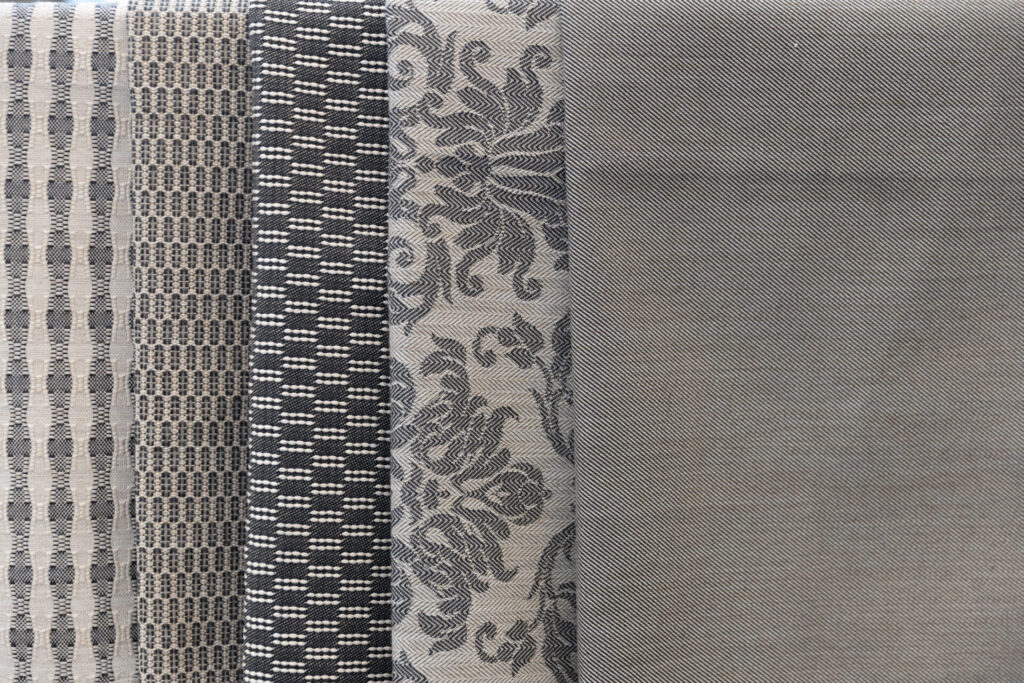
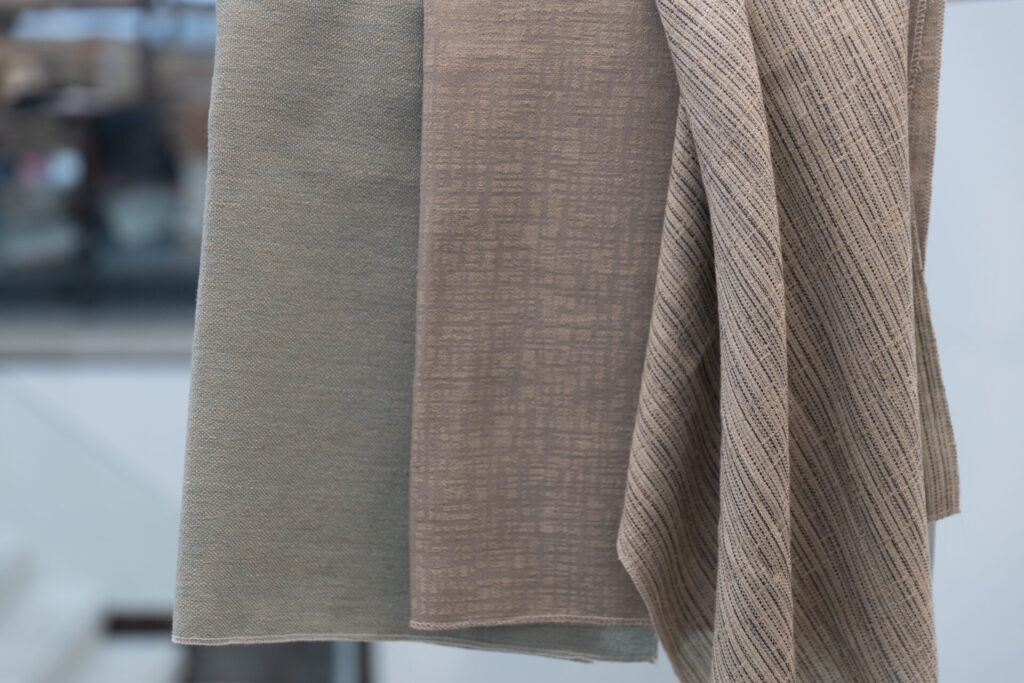
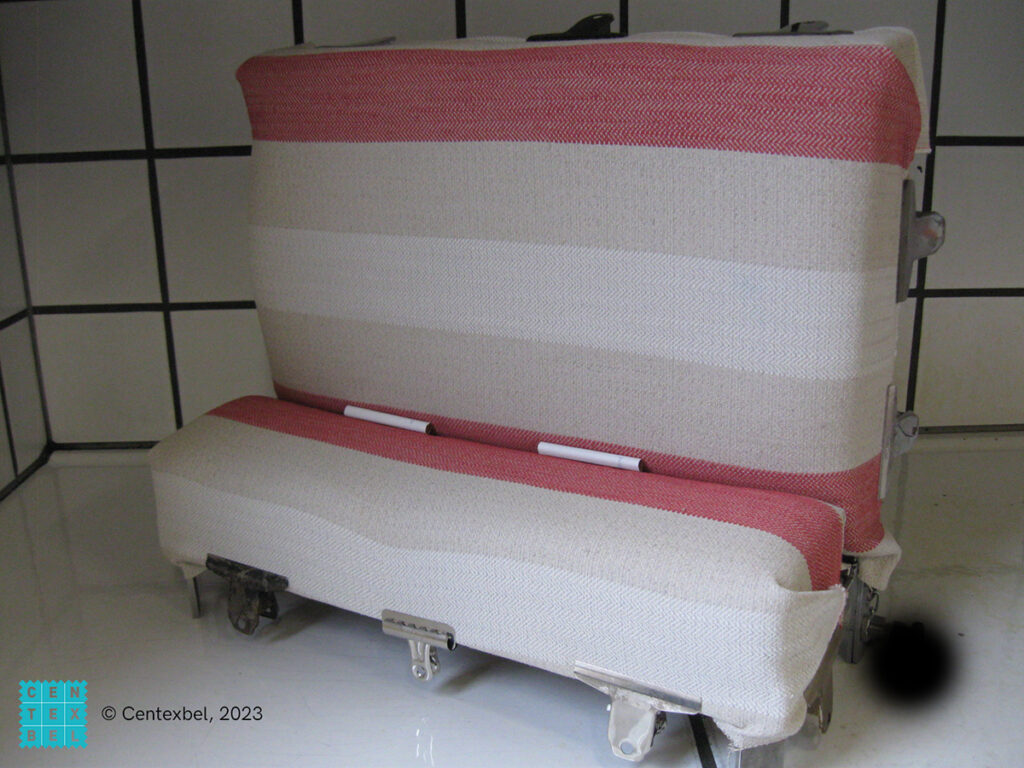
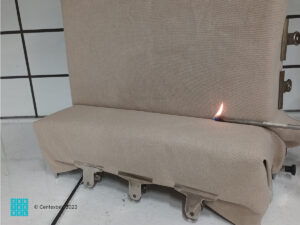
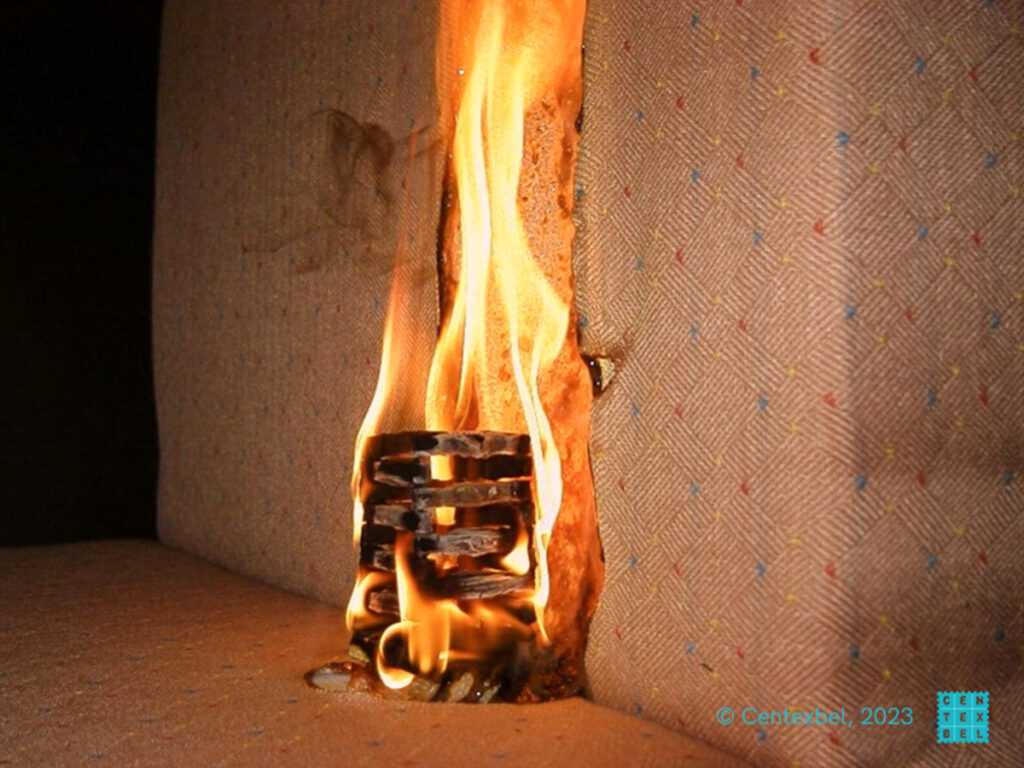
In the NF P 92-504 test, the specimen is placed vertically. A small flame is applied 10 times during 5 s. Afterflame times > 2 s and burning droplets are the most important criteria in this test. In the NF P 92-505 test, the specimen is placed horizontally on a grid beneath a radiator. Burning droplets that ignite the cotton wool below the specimen lead to an M4-classification.
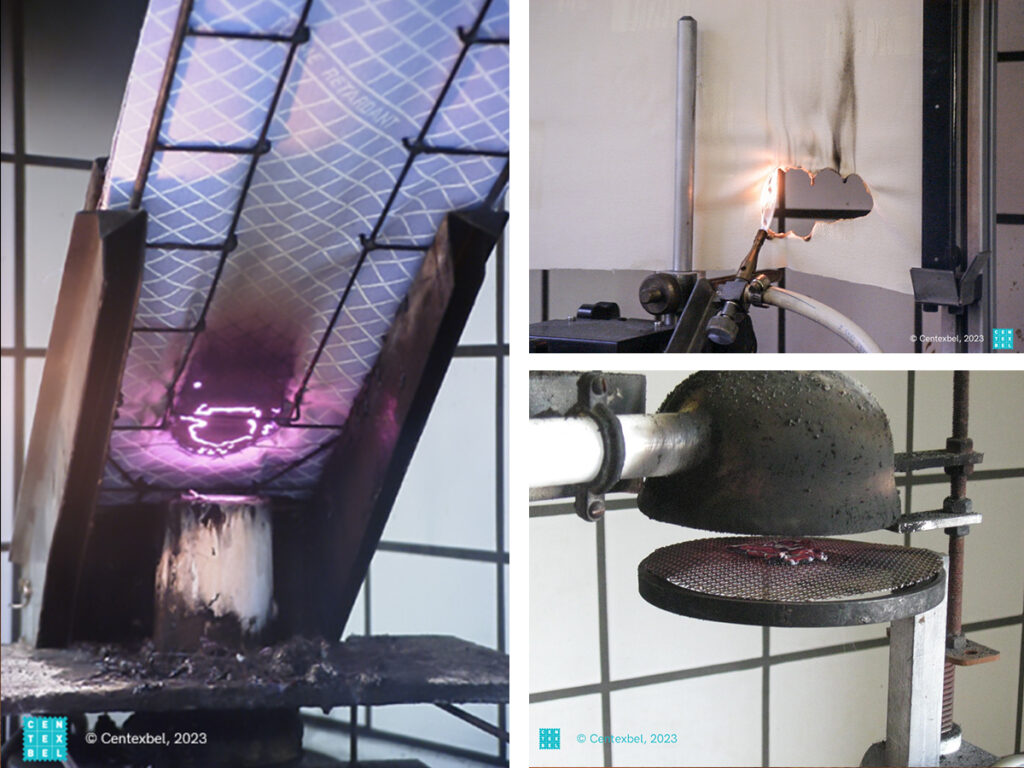
Nelen & Delbeke is a 4th generation family owned weaving mill committed to providing its customers with a broad range of exceptional products that are distinguished by their excellent design. This thanks to a complete updated and hightech loom park.
+32 9 228 10 81
info@nelen-delbeke.be
Industriezone 17 – 9770
Kruisem – Belgium